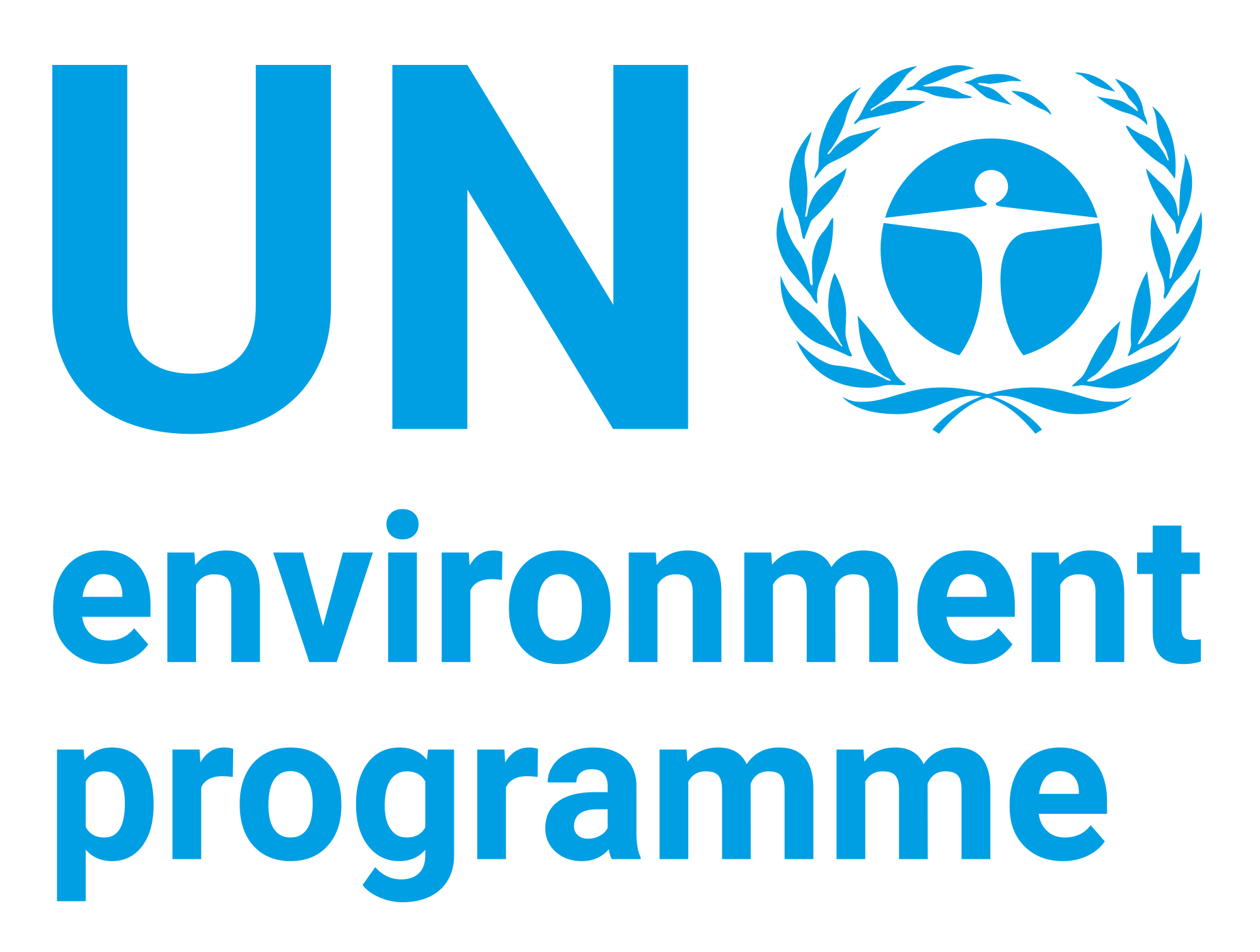| dc.contributor | Science Division | en_US |
| dc.contributor.author | United Nations Environment Programme | en_US |
| dc.coverage.spatial | Guyana | en_US |
| dc.date.accessioned | 2022-02-18T06:52:34Z | |
| dc.date.available | 2022-02-18T06:52:34Z | |
| dc.date.issued | 2022-02 | |
| dc.identifier.uri | https://wedocs.unep.org/20.500.11822/38262 | |
| dc.description | This methodology attempts to capture various aspects of policy coherence, including: between different levels of government (local to national and vice versa); across key government ministries, departments and agencies and across sectors and themes; between national and international policy and across national boundaries; with respect to the diversity of perspectives and concerns that policies need to take into account, and in terms of promoting a long-term vision and coherence beyond political mandates. | en_US |
| dc.format | Text | en_US |
| dc.language | English | en_US |
| dc.rights | Public | en_US |
| dc.subject | statistical methodology | en_US |
| dc.subject | policy coherence | en_US |
| dc.subject | partnership | en_US |
| dc.subject | political cooperation | en_US |
| dc.title | Methodology for SDG-indicator 17.14.1: Mechanisms in Place to Enhance Policy Coherence for Sustainable Development | en_US |
| dc.type | Manuals, Guides and Toolkits | en_US |
| wd.identifier.sdg | SDG 17 - Partnerships for the Goals | en_US |
| wd.topics | Environmental Governance | en_US |
| wd.identifier.pagesnumber | 15 pages | en_US |


